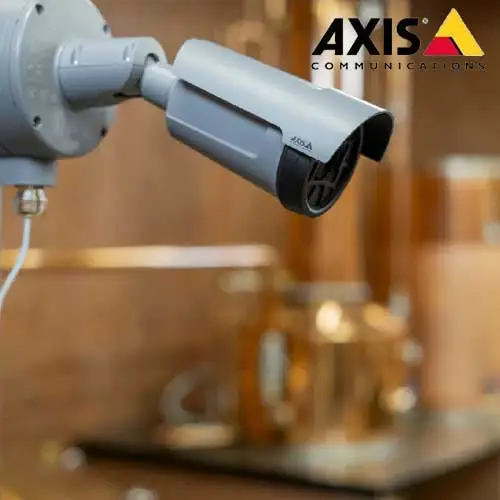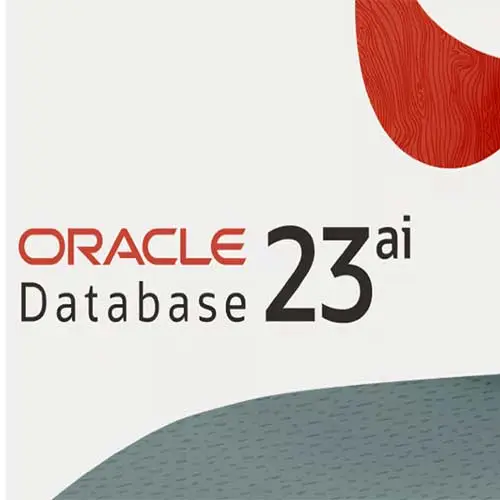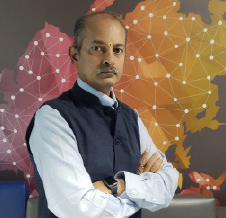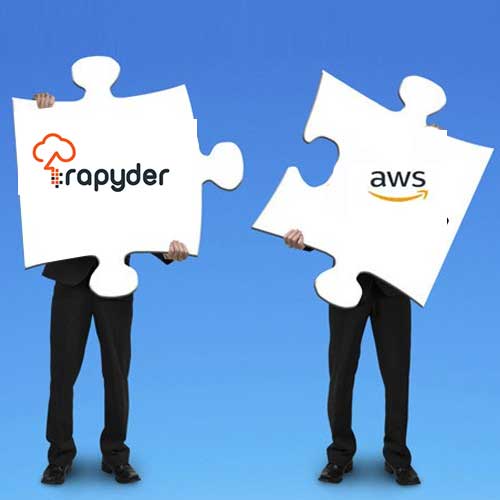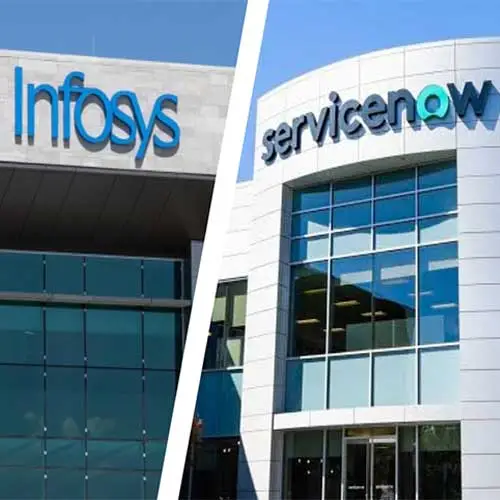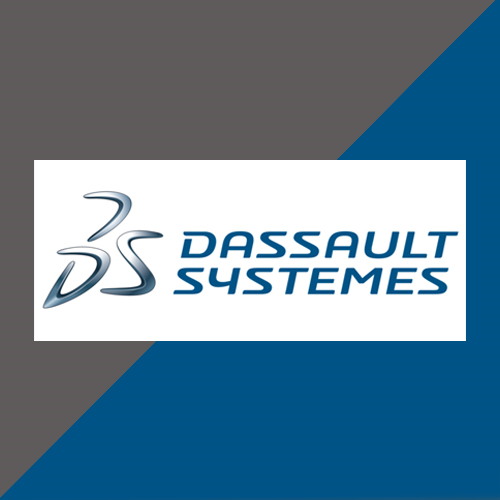EPC ecosystem automates simple tasks and enhances productivity

Arindam Singha Roy, Head - IT, East India Udyog Limited
Technology is great but not by itself and not on its own. It is only great with business sense on how to use technology to make people’s lives easier, happier and more productive. The EPC is a competitive industry, it is evolving at a rapid rate and customers expect more from the firms they choose to do business with – more transparency, more accountability and greater efficiencies than ever before. The average commercial EPC project takes 25% longer to complete than planned, and ends up being upwards of 75% over budget. Much of this is due to quality control issues, rework and scheduling inefficiencies. The EPC projects have different steps in their lifecycle which can be divided broadly into 3 Stages.
Pre-Construction: Which involve Site survey, Site Mapping, Design Planning etc.
Construction: Project execution, Site Monitoring, inventory management.
Post- Construction: Operation and Maintenance.
The EPC companies spend considerable effort on manpower and money on survey, as designing and planning is a crucial step in the lifecycle of construction. Drones provide superior endurance and intelligence on job sites. Their ability to collect and report data allows them to complete work faster. The accuracy of data collected by using manual process is questionable. Unmanned Aerial Vehicles (UAVs) are rapidly replacing traditional land-surveillance methods. This can work in all conditions and capture accurate data with automated site mapping, which is substantially lower in cost and time efficient.
Volumetric calculation at sites for cutting and filling are inaccurate. Drones can eliminate the erroneous volumetric estimates as it captures the accurate data, which can save significantly on material cost. It can complete as much as 35 times faster than manual process. Project management is another crucial element in EPC Project life cycle. Monitoring the project is the most challenging task.
A poor monitoring of it leads to time and cost overrun. Drones are being used more and more as a means of maintaining constant contact at worksites .The UAVs can monitor the progress and quality of work as per actual design to minimize time and cost overrun. Real-time data of the site progress is possible which helps in managing the workflow of the project delivery schedule.
The data can be used in the Industrial software for analysis and decisions. The Asset inventory of the project can also be monitored. Drones can enable the professionals to increase their efficiency with project execution. The 3rd phase is the post construction O & M. It is a time consuming exercise with periodic inspection and site visit. The use of drones in job site inspection also means a drastic increase in worksite safety by eliminating numerous dangers and safety hazards. UAVs can solve the issue with lesser time and risk free manner at adverse site locations.
UAVs will be the Big Disruptor in EPC and will improve the accuracy, speed and safety of the projects. It can be used to automate simple tasks and reduce labour costs. They should be seen as complementary to EPC ecosystem and should address specific operations. To integrate it with businesses successfully EPC Companies should draw a road map aligned with strategy.
See What’s Next in Tech With the Fast Forward Newsletter
Tweets From @varindiamag
Nothing to see here - yet
When they Tweet, their Tweets will show up here.







